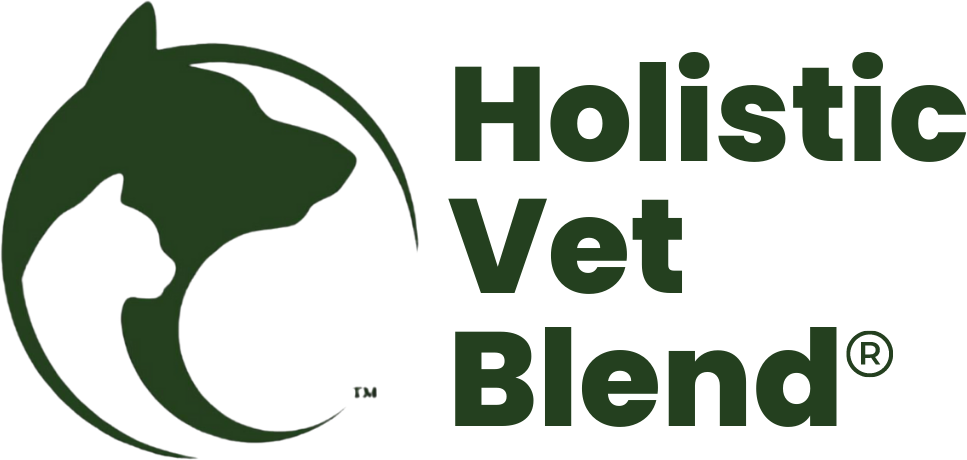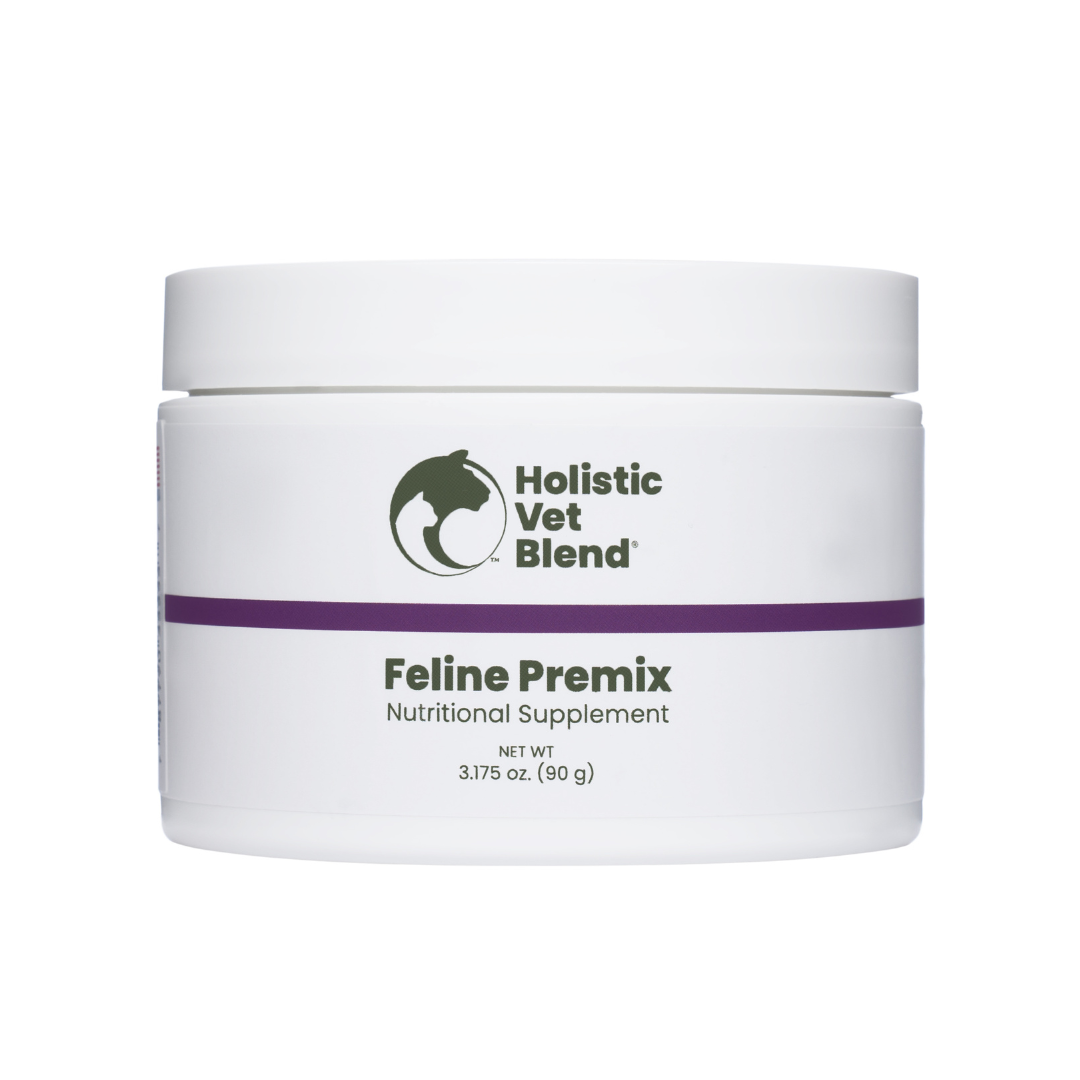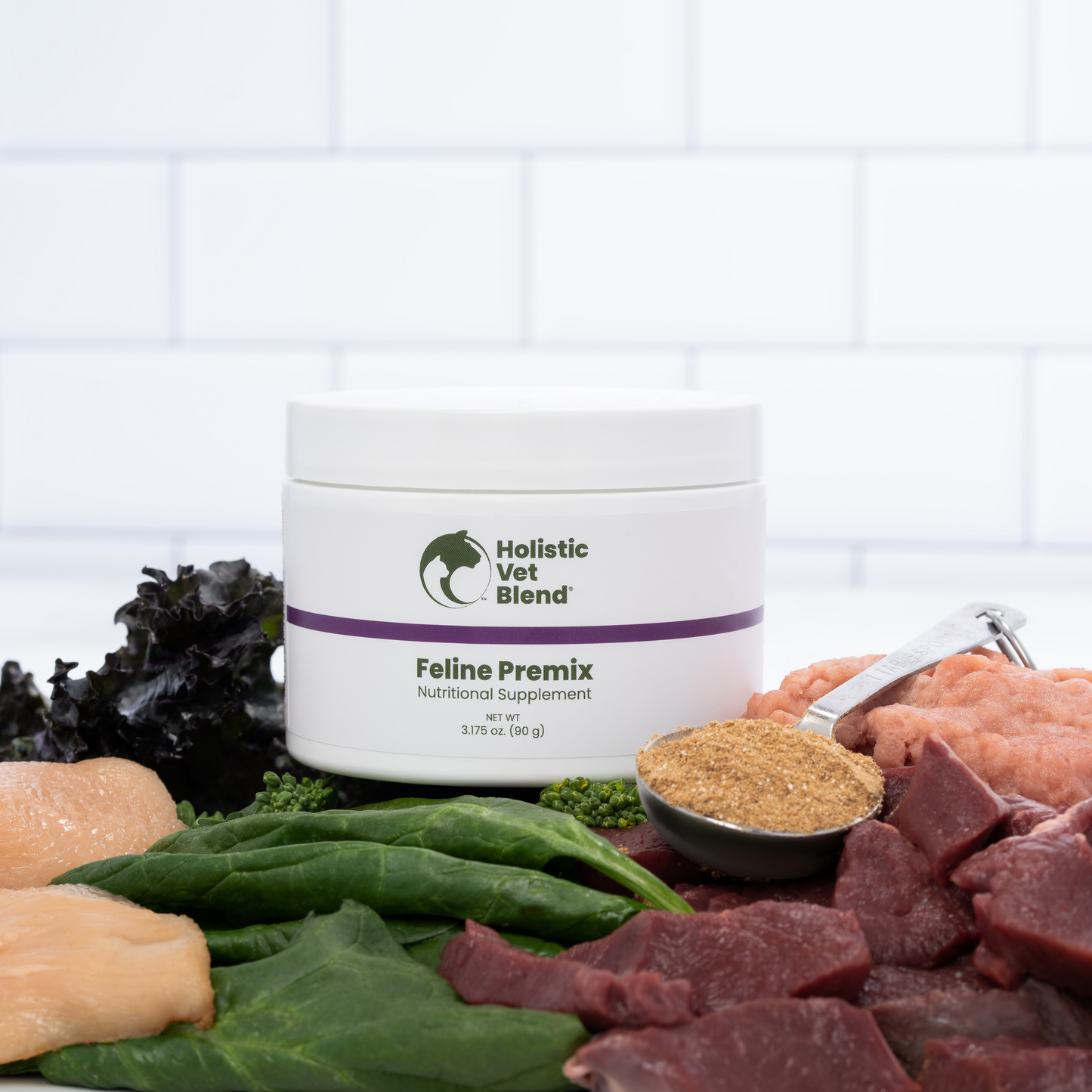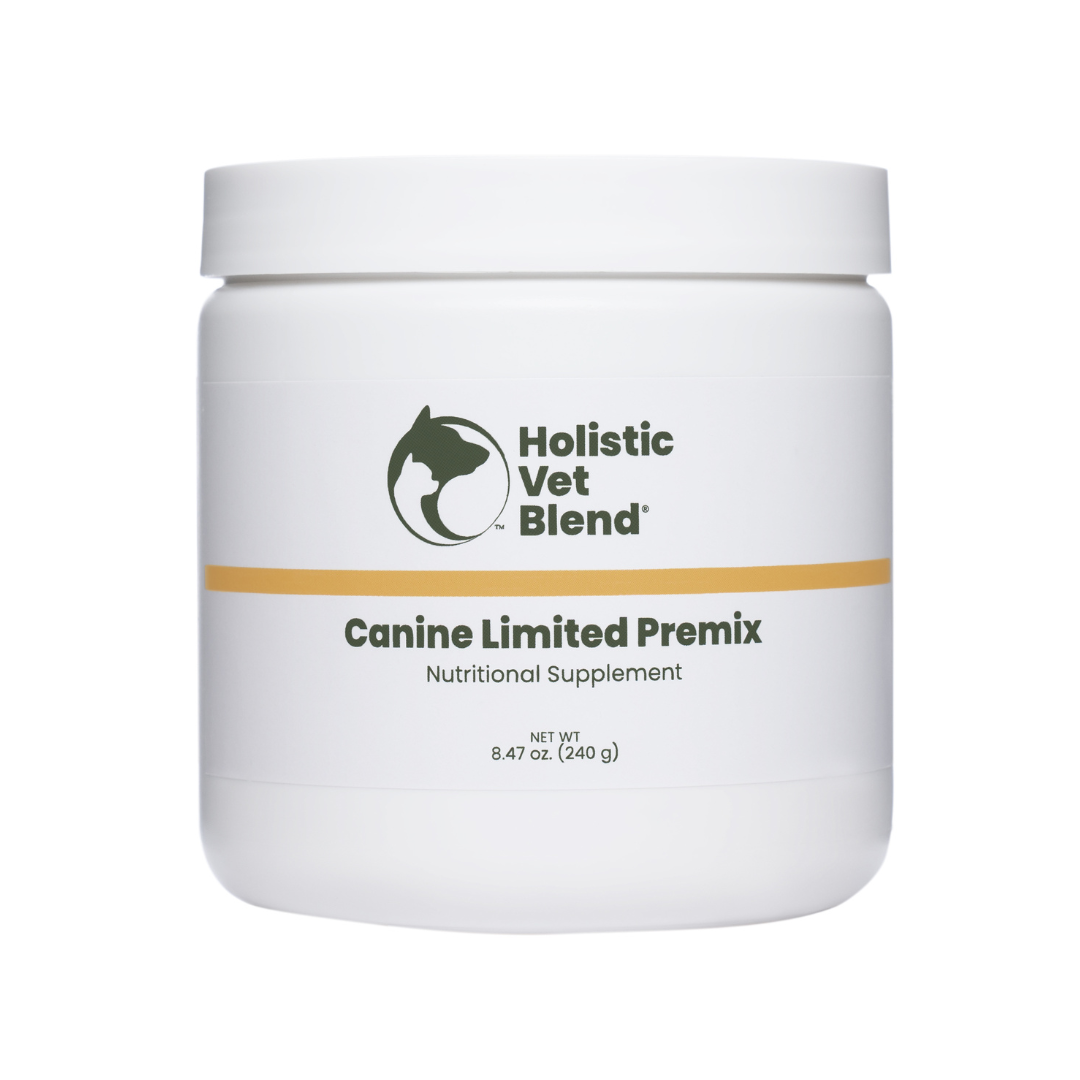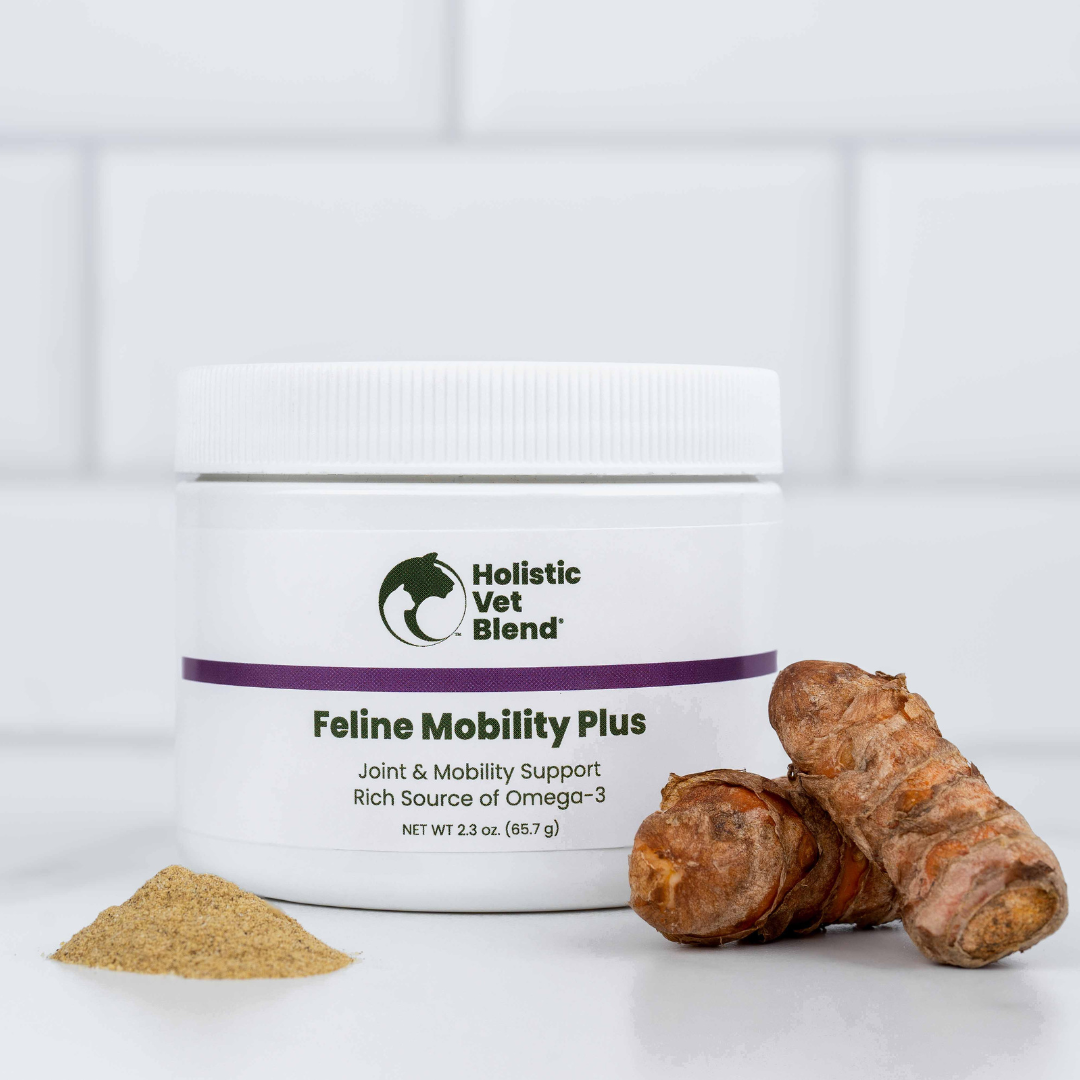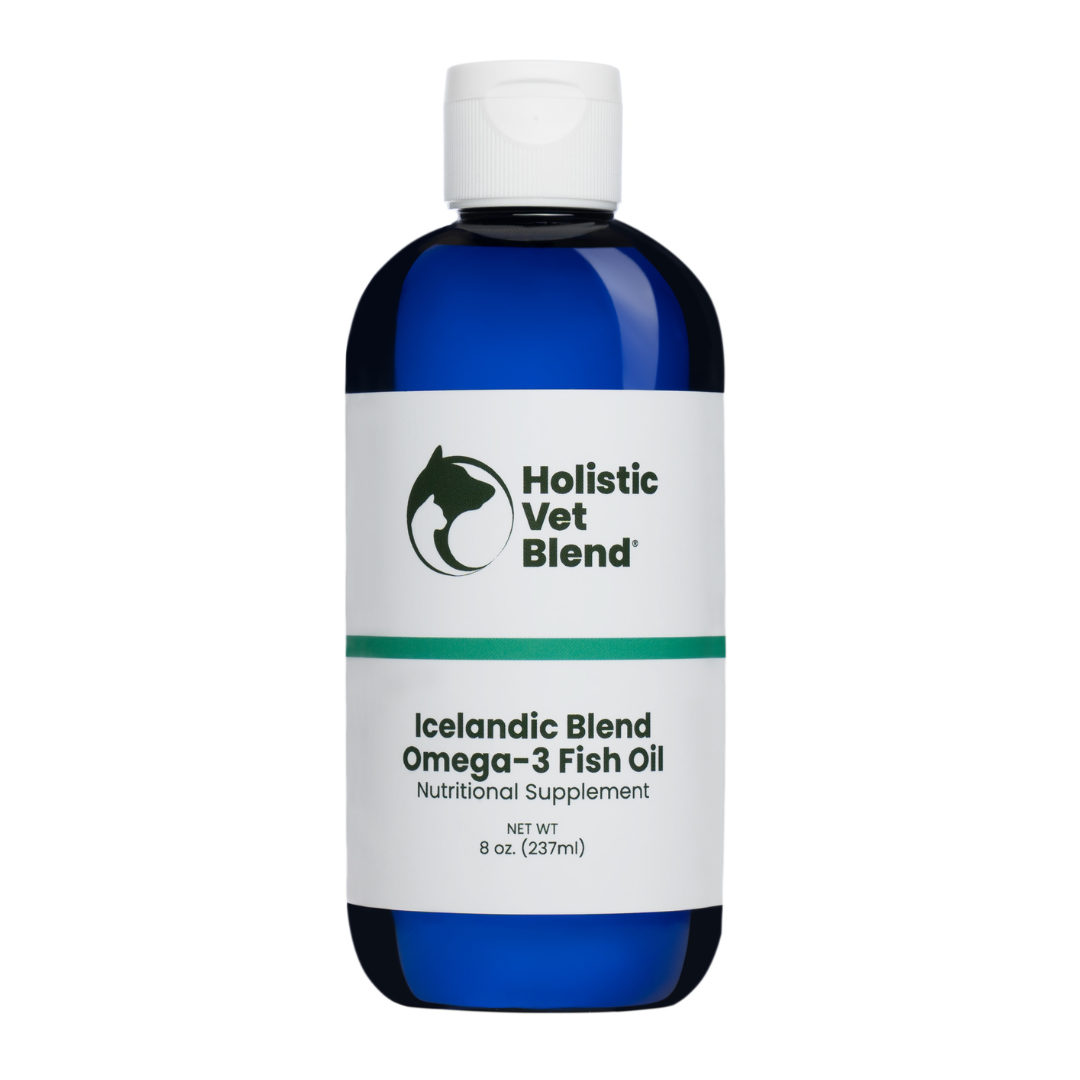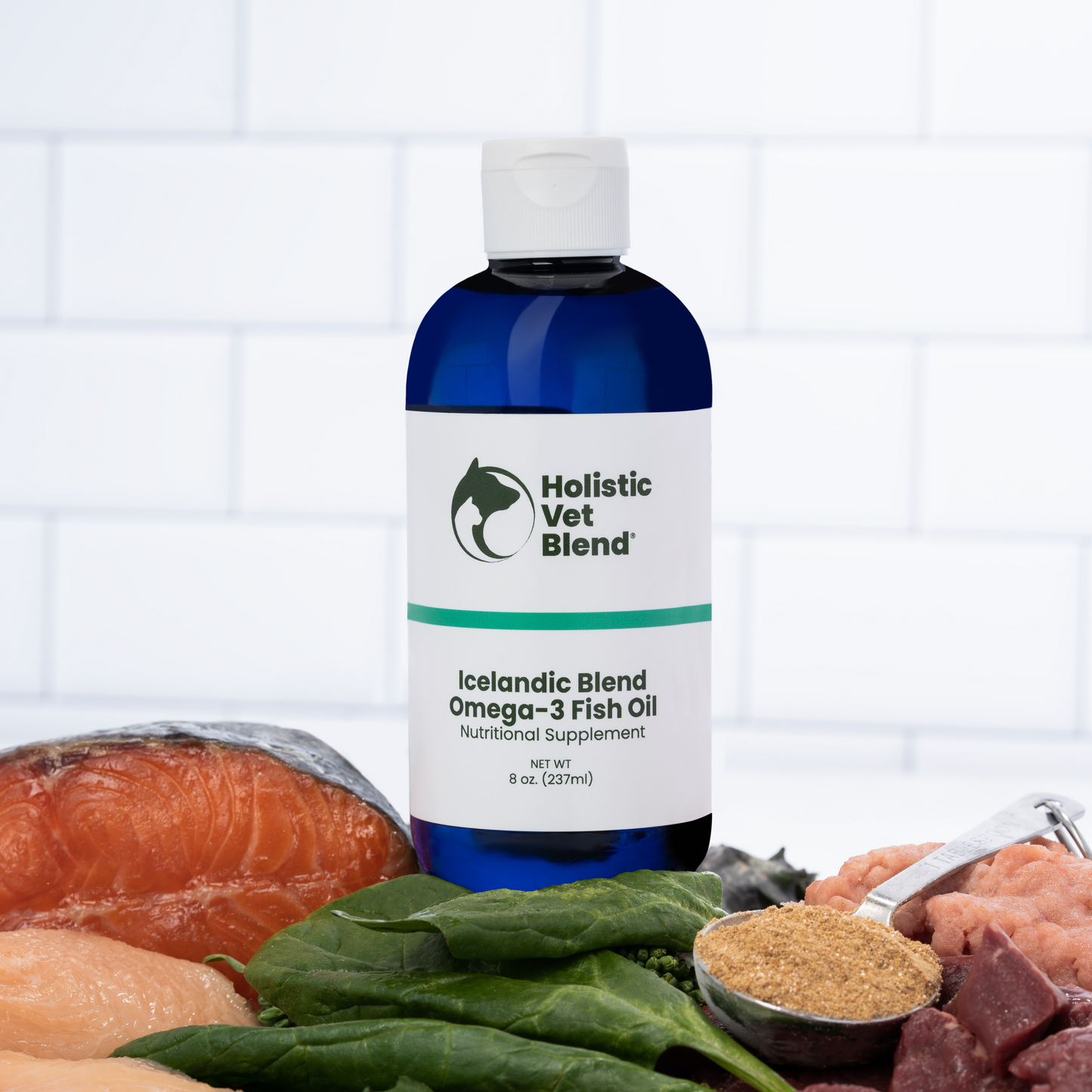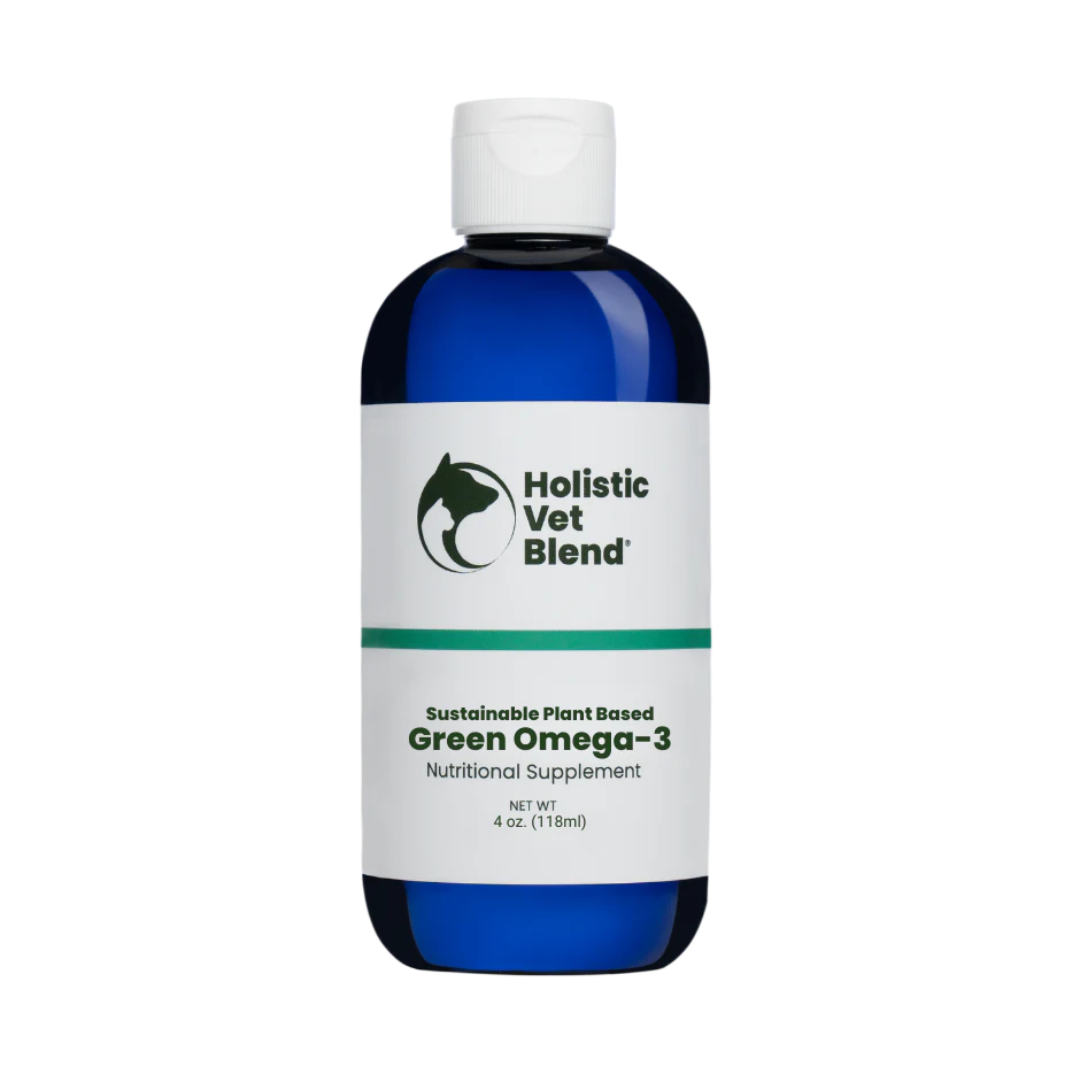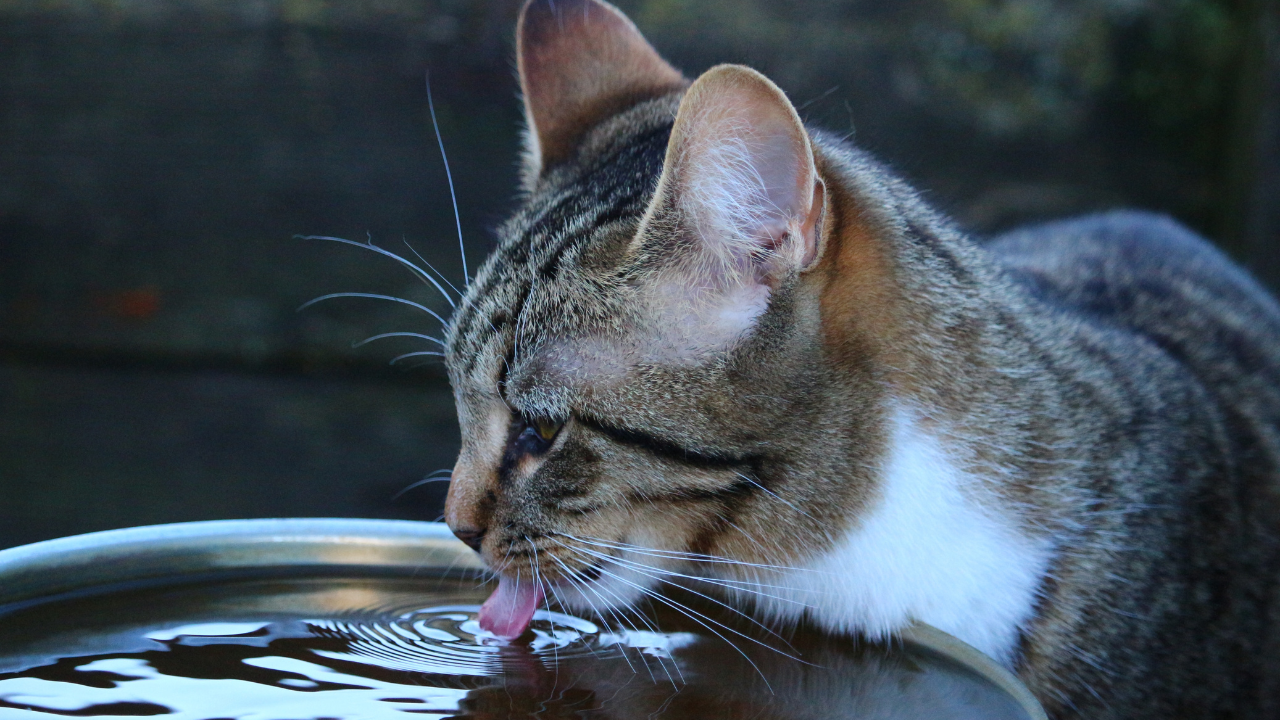
Key Highlights
- Proper hydration is essential for a cat's health, especially in the heat.
- The average cat should consume the equivalent of about a cup a day (those eating wet food will drink less)
- Dehydration leads to serious health problems in cats.
- Various factors contribute to cat dehydration, including genetics and certain medical conditions.
- Innovative ways to encourage your cat to drink more water include choosing the suitable water bowl and using cat water fountains.
- Incorporating wet foods into your cat's diet can also help increase their hydration levels.
Introduction

Observing a cat excessively drinking water or showing a keen interest in water sources like faucets (although some cats simply enjoy playing with water) could indicate an underlying health issue such as early-stage kidney disease or diabetes. So, it's essential to pay attention to these signs and consult with your veterinarian if you notice any unusual behavior in your feline companion.
Proper hydration is crucial for the overall health and well-being of cats. Just like humans, cats require a sufficient amount of water to stay hydrated and maintain their bodily functions. Since cats have a low thirst drive, they can easily become dehydrated. Since the kidneys rely on hydration to flush the body of toxins, and the urinary tract is prone to crystals and stones, we must ensure that our cats are getting a proper diet and we pay attention to their hydration needs. . In this blog, we will explore the importance of hydration for cats and provide tips to boost your cat's water intake.
Understanding Cat Hydration Needs
Water plays a vital role in a cat's health. It affects everything from organ function and nutrient transportation to circulation and digestion. Proper hydration helps decrease the likelihood of urinary stones, assists the kidneys in flushing out toxins, and prevents constipation.
How Much Water Does Your Cat Really Need?
The amount of water a cat needs can vary based on several factors, including their weight and whether they eat wet or dry food. On average, a cat should consume about 4 ounces of water per five pounds of body weight daily. Considering that wet food can be 85% water, cats eating wet food will eat considerably less, and those eating dry will have to make up the deficit. Since cats have a low thirst drive, those eating dry food can be chronically dehydrated. This is not good for their kidneys or urinary tract.
Identifying Dehydration in Cats
Common signs of dehydration in cats include dry gums, lethargy, loss of appetite, and decreased skin elasticity. One way to check for dehydration is by gently pinching the skin over your cat's shoulders and observing how quickly it returns to its normal position. If the skin stays gathered or takes a long time to return, it may indicate dehydration. If you notice any signs of dehydration, it's important to contact your veterinarian for further evaluation and treatment.
Top Hydration Tips for Cats

1. Provide fresh water: Always ensure your cat has access to fresh, clean water at all times. Change the water frequently to keep it appealing to your cat.
One way to ensure your cat is getting enough water is by providing conveniently-placed water dishes with easy access. Instead of just one water dish, try placing numerous small water dishes in different locations throughout your home at various levels. This will reduce your cat's need to go out of their way to find water, ultimately increasing their water intake and promoting hydration.
2. Use a water fountain: Some cats are drawn to running water, so investing in a cat water fountain can encourage them to drink more.
3. Wet food diet: Wet cat food has a higher moisture content than dry kibble, helping to increase your cat's overall water intake.
4. Make homemade cat food and add water to it. You can also add water to dry food but please consider a healthier diet for your cat. Refer to blog post about why to not feed dry food.
5. Offer bone broth: Bone broth is a flavorful and hydrating treat for cats that can entice them to drink more.
Just make sure you do not add salt and avoid onions and garlic when you make it. See this recipe on how to make your own bone broth.

6. Multiple water sources: Place water bowls in different areas of your home to make it convenient for your cat to drink wherever they are.
7. Consider ceramic or glass bowls with a wide diameter.
Some cats get "whisker fatigue" if their whiskers contact the outside of the bowl when they are drinking. This can put them off a bowl that is deep and narrow versus wide and shallow. Think shallow and wide, like drinking from a large puddle!
8. Monitor water intake: Keep track of how much water your cat is drinking daily to ensure they are staying adequately hydrated.
10. Dehydration signs: Be aware of dehydration in cats, such as sunken eyes, lethargy, dry gums, and decreased skin elasticity.
11. Adequate hydration helps:
- Digestion by preventing constipation
- Kidney function
- Elimination of toxins
- Prevent urinary issues such as infections, bladder and kidney crystals and stones
- Weight management: drinking enough water can help your cat feel full and may aid in weight management by preventing overeating seen with dry food. Ounce for ounce wet food is way less calorically dense so consuming it is more filling compared to dry food. Consider the epidemic of obesity in cats at 60% of them being overweight is significant.
- Maintain electrolyte balance
12. Fun Fact about a hydrating treat: Cantaloupe
Try the canteloupe challenge! Did you know that some cats love to eat cantaloupe? Even though cats do not possess the same sweet taste buds as humans, cantaloupes emit a scent resembling the aroma of meat protein due to the amino acids they contain. Therefore, your cat may be drawn to melons due to this scent similarity. Additionally, cats' inherent curiosity may also play a role in their attraction to melons.

13.Consider a prescription hydration product
If your cat absolutely will NOT eat canned food (link to tips for transitioning to wet food here) you might consider a water supplement with nutrients that assist hydration. Otherwise, I would do everything possible to transition to wet food instead of resorting to this. A product like this might also help a cat with chronic constipation.
Purina has a hydration supplement that causes cats to consume more water. It is called Hydra Care. They recommend for optimal hydration, feeding your cat one pouch of Hydra Care for Cat Hydration per 5 lbs of body weight per day is recommended. For additional information about this supplement, consult your veterinarian. The ingredients are water, glycine, whey protein isolate, glycerin, guar gum, liver flavor, natural flavor, and potassium chloride.
How important is hydration for cats' health?
Hydration is crucial for cat health. It supports kidney function, aids digestion, regulates body temperature, and prevents urinary tract issues. Encouraging hydration through water bowls, fountains, wet food, and play can prevent dehydration-related problems and promote overall well-being in cats.
When to Consult a Vet About Your Cat’s Hydration
If you suspect that your cat is dehydrated or if they continue to show signs of dehydration despite your efforts to increase their water intake, it's essential to consult a veterinarian. Dehydration in cats can be a serious health concern and may indicate an underlying medical condition that requires veterinary care. Here are some situations in which you should consult a vet about your cat's hydration:
- Your cat shows signs of severe dehydration, such as sunken eyes, panting, or loss of appetite.
- Your cat's skin remains tented or takes a long time to return to its original position when gently lifted.
- Your cat has a chronic health condition, such as kidney disease, diabetes, or thyroid disease, which can increase the risk of dehydration.
- Your cat's water intake does not improve despite implementing various strategies to encourage drinking.
A veterinarian can evaluate your cat's hydration levels, conduct diagnostic tests if necessary, and provide appropriate treatment to address the underlying cause of dehydration.
Conclusion
Proper hydration is crucial for your cat's health and well-being. By understanding your cat's hydration needs and implementing innovative methods like choosing the right water bowl or incorporating wet foods into their diet, you can ensure they stay hydrated. Watch out for signs of dehydration and consult a vet if needed. Remember, prevention is key. Download our guide now for more tips on keeping your feline friend happy and healthy!
How Much Water Should a Cat Drink?
The amount of water a cat should drink depends on various factors, including its weight and the type of food it consumes. On average, cats need to consume about 4 ounces of water per five pounds of lean body weight per day. However, it's important to note that individual cats may have different water needs based on their activity level, environment, and overall health. Here are some factors to consider regarding a cat's water intake:
- Wet food vs. dry food: Cats that eat wet food receive a portion of their daily water requirement from their food, while cats that eat dry food may need to drink more water.
- Environmental factors: Cats in hotter or drier climates may need to drink more water to stay properly hydrated.
- Fresh water availability: Cats should always have access to fresh, clean water throughout the day.
Monitoring your cat's water intake and ensuring it has access to fresh water will help you determine if it is drinking enough to maintain proper hydration levels.
Are Certain Cats Prone to Dehydration?
Certain cats may be more prone to dehydration due to various factors. Here are some factors that can make cats more susceptible to dehydration:
- Chronic kidney disease: Cats with kidney disease may have reduced kidney function, leading to increased water loss and a higher risk of dehydration. Constipation is a common problem in cats with kidney disease as they are chronically dehydrated despite drinking a lot of water.
- Health conditions: Cats with certain health conditions, such as diabetes or hyperthyroidism, may have increased water intake requirements due to their condition.
- Medications: Some medications can cause increased water loss or reduced appetite, making cats more susceptible to dehydration.
If your cat falls into any of these categories, it's important to monitor their water intake closely and take appropriate measures to ensure they stay properly hydrated.
How Is Dehydration Treated?
The treatment for dehydration in cats depends on the severity and underlying cause of the dehydration. Here are some common treatment methods for dehydration:
- Fluid therapy: In severe cases of dehydration, cats may require fluid therapy administered intravenously or subcutaneously. This helps rehydrate the cat quickly and replenish electrolyte levels.
- Oral rehydration: For mild dehydration, oral rehydration solutions or therapeutic products can be used to encourage water intake and replenish electrolytes.
- Addressing the underlying cause: Treating the underlying cause of dehydration, such as a medical condition or medication side effect, is crucial for long-term management and prevention of dehydration.
